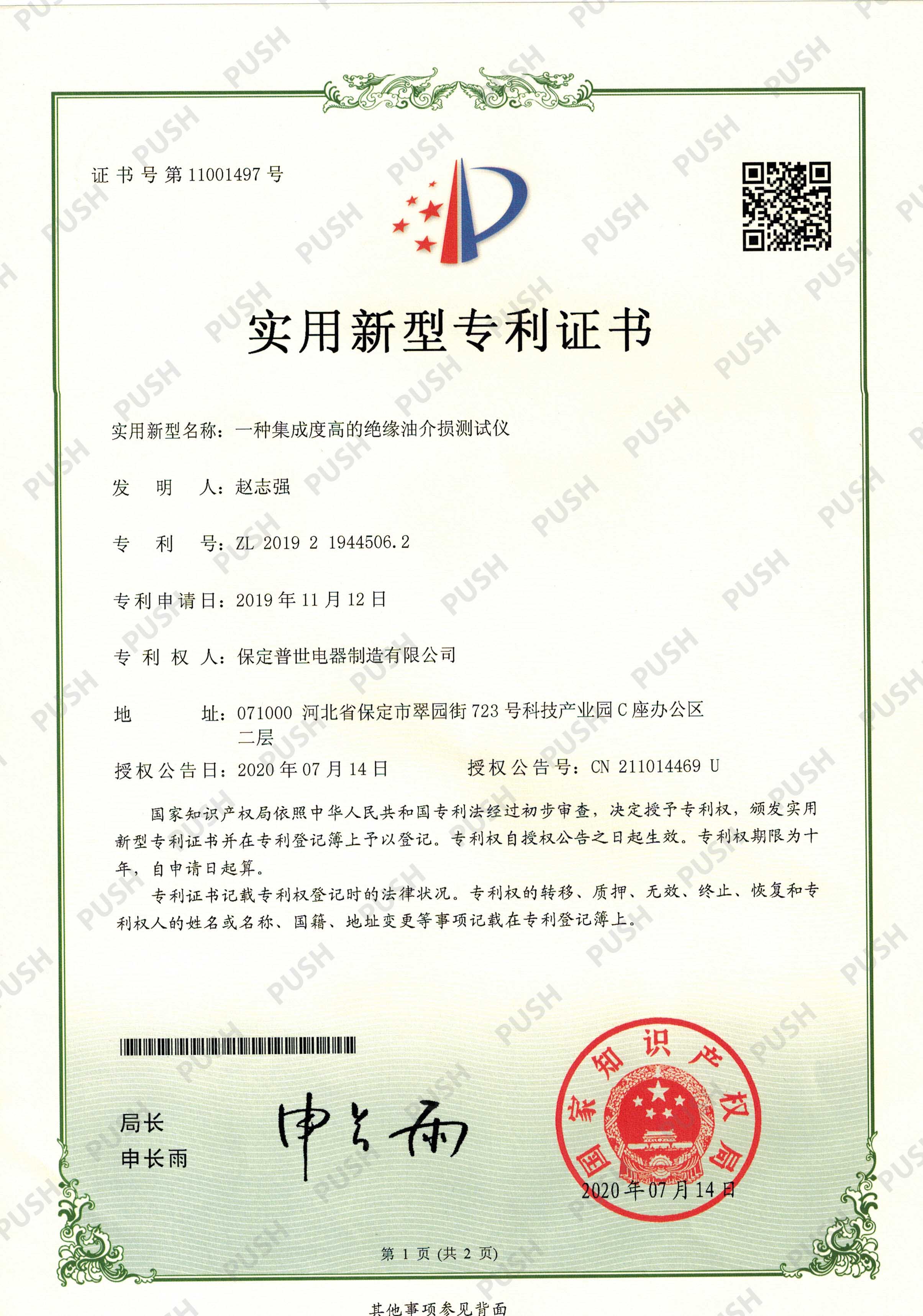 English
English



-
 Afrikaans
Afrikaans -
 Albanian
Albanian -
 Amharic
Amharic -
 Arabic
Arabic -
 Armenian
Armenian -
 Azerbaijani
Azerbaijani -
 Basque
Basque -
 Belarusian
Belarusian -
 Bengali
Bengali -
 Bosnian
Bosnian -
 Bulgarian
Bulgarian -
 Catalan
Catalan -
 Cebuano
Cebuano -
 China
China -
 China (Taiwan)
China (Taiwan) -
 Corsican
Corsican -
 Croatian
Croatian -
 Czech
Czech -
 Danish
Danish -
 Dutch
Dutch -
 English
English -
 Esperanto
Esperanto -
 Estonian
Estonian -
 Finnish
Finnish -
 French
French -
 Frisian
Frisian -
 Galician
Galician -
 Georgian
Georgian -
 German
German -
 Greek
Greek -
 Gujarati
Gujarati -
 Haitian Creole
Haitian Creole -
 hausa
hausa -
 hawaiian
hawaiian -
 Hebrew
Hebrew -
 Hindi
Hindi -
 Miao
Miao -
 Hungarian
Hungarian -
 Icelandic
Icelandic -
 igbo
igbo -
 Indonesian
Indonesian -
 irish
irish -
 Italian
Italian -
 Japanese
Japanese -
 Javanese
Javanese -
 Kannada
Kannada -
 kazakh
kazakh -
 Khmer
Khmer -
 Rwandese
Rwandese -
 Korean
Korean -
 Kurdish
Kurdish -
 Kyrgyz
Kyrgyz -
 Lao
Lao -
 Latin
Latin -
 Latvian
Latvian -
 Lithuanian
Lithuanian -
 Luxembourgish
Luxembourgish -
 Macedonian
Macedonian -
 Malgashi
Malgashi -
 Malay
Malay -
 Malayalam
Malayalam -
 Maltese
Maltese -
 Maori
Maori -
 Marathi
Marathi -
 Mongolian
Mongolian -
 Myanmar
Myanmar -
 Nepali
Nepali -
 Norwegian
Norwegian -
 Norwegian
Norwegian -
 Occitan
Occitan -
 Pashto
Pashto -
 Persian
Persian -
 Polish
Polish -
 Portuguese
Portuguese -
 Punjabi
Punjabi -
 Romanian
Romanian -
 Russian
Russian -
 Samoan
Samoan -
 Scottish Gaelic
Scottish Gaelic -
 Serbian
Serbian -
 Sesotho
Sesotho -
 Shona
Shona -
 Sindhi
Sindhi -
 Sinhala
Sinhala -
 Slovak
Slovak -
 Slovenian
Slovenian -
 Somali
Somali -
 Spanish
Spanish -
 Sundanese
Sundanese -
 Swahili
Swahili -
 Swedish
Swedish -
 Tagalog
Tagalog -
 Tajik
Tajik -
 Tamil
Tamil -
 Tatar
Tatar -
 Telugu
Telugu -
 Thai
Thai -
 Turkish
Turkish -
 Turkmen
Turkmen -
 Ukrainian
Ukrainian -
 Urdu
Urdu -
 Uighur
Uighur -
 Uzbek
Uzbek -
 Vietnamese
Vietnamese -
 Welsh
Welsh -
 Bantu
Bantu -
 Yiddish
Yiddish -
 Yoruba
Yoruba -
 Zulu
Zulu
transformer test types
Understanding Transformer Test Types A Comprehensive Overview
Transformers have revolutionized the field of machine learning and natural language processing. However, to ensure their consistent performance across various tasks, it's essential to employ rigorous testing methods. This article will delve into the different types of tests used to evaluate transformers, emphasizing their importance in developing robust models.
1. Unit Testing
Unit testing involves testing individual components of the transformer architecture, such as self-attention mechanisms and feedforward layers. By isolating these components, developers can identify specific areas of improvement and ensure that each unit functions correctly. This foundational testing approach helps catch bugs and errors early in the development process.
2. Integration Testing
Once individual components are tested, integration testing assesses how well these components work together as a whole. For transformers, this means evaluating the interaction between the encoder and decoder, as well as their ability to handle various input data types. Successful integration testing ensures that the transformed architecture produces coherent and accurate outputs.
Performance testing focuses on the efficiency and scalability of transformer models. Various metrics, such as latency, throughput, and memory consumption, are evaluated to determine how well the model performs under different loads. This type of testing is crucial as it simulates real-world scenarios where transformers must process large datasets promptly.
4. Robustness Testing
transformer test types

Transformers can be sensitive to input variations, including noise and adversarial examples. Robustness testing evaluates how resilient the model is against such perturbations. Introducing adversarial examples helps assess the model’s stability and accuracy under challenging conditions, revealing whether it can maintain performance in less-than-ideal situations.
5. A/B Testing
A/B testing, or split testing, involves comparing two different versions of a transformer model to identify which one performs better. This experimental technique is especially useful when assessing new model architectures or training strategies. By exposing each version to the same dataset, researchers can gather empirical results to inform future model enhancements.
6. Cross-Validation
Cross-validation is a statistical method used to assess how a transformer model generalizes to an independent dataset. It involves splitting the training data into different subsets, training the model on one portion, and validating it on another. This process helps in identifying overfitting and in ensuring the model’s reliability across various contexts.
7. User Acceptance Testing (UAT)
Finally, user acceptance testing involves real users evaluating the model’s outputs in practical applications. This phase is essential for gathering feedback on usability and effectiveness. It can uncover issues that technical testing might not address, ensuring that the transformer meets end-user expectations.
Conclusion
Testing transformers is a multifaceted process that encompasses various methodologies, each serving a unique purpose in validating model performance. From unit testing to user acceptance testing, these measures are essential for developing high-performing, resilient, and user-friendly transformer architectures. As the field continues to evolve, so too will the testing strategies, ensuring that transformers remain at the forefront of AI and machine learning advancements.
-
Ensuring SF₆ Gas Safety: Introducing PUSH’s Integrated SF₆ Analyzer for Dew Point, Purity, and Decomposition MonitoringNewsJul.10,2025
-
Exploring the Main Types of Industrial Endoscopes and Their Applications Across IndustriesNewsJul.04,2025
-
Testing Equipment Industry Sees Major Advancements in 2025: Smart & Precision Technologies Lead the WayNewsJun.06,2025
-
Applications of Direct Current Generators in Renewable Energy SystemsNewsJun.05,2025
-
Hipot Tester Calibration and Accuracy GuidelinesNewsJun.05,2025
-
Digital Circuit Breaker Analyzer Features and BenefitsNewsJun.05,2025



